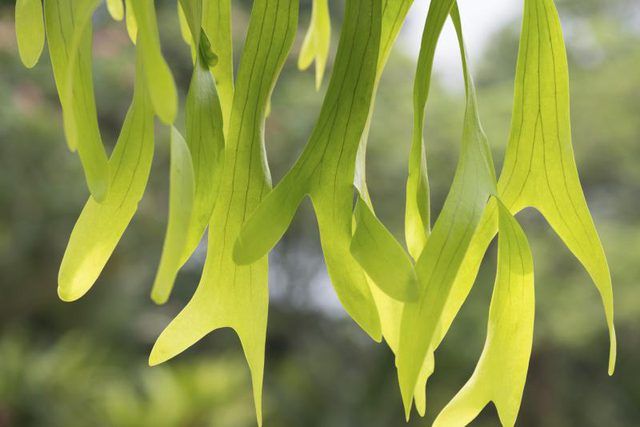Bulbs
Flower Basics
Flower Beds & Specialty Gardens
Flower Garden
Garden Furniture
Garden Gnomes
Garden Seeds
Garden Sheds
Garden Statues
Garden Tools & Supplies
Gardening Basics
Green & Organic
Groundcovers & Vines
Growing Annuals
Growing Basil
Growing Beans
Growing Berries
Growing Blueberries
Growing Cactus
Growing Corn
Growing Cotton
Growing Edibles
Growing Flowers
Growing Garlic
Growing Grapes
Growing Grass
Growing Herbs
Growing Jasmine
Growing Mint
Growing Mushrooms
Orchids
Growing Peanuts
Growing Perennials
Growing Plants
Growing Rosemary
Growing Roses
Growing Strawberries
Growing Sunflowers
Growing Thyme
Growing Tomatoes
Growing Tulips
Growing Vegetables
Herb Basics
Herb Garden
Indoor Growing
Landscaping Basics
Landscaping Patios
Landscaping Plants
Landscaping Shrubs
Landscaping Trees
Landscaping Walks & Pathways
Lawn Basics
Lawn Maintenance
Lawn Mowers
Lawn Ornaments
Lawn Planting
Lawn Tools
Outdoor Growing
Overall Landscape Planning
Pests, Weeds & Problems
Plant Basics
Rock Garden
Rose Garden
Shrubs
Soil
Specialty Gardens
Trees
Vegetable Garden
Yard Maintenance
How to Care for a Staghorn Fern
How to Care for a Staghorn Fern. A real departure from the feathery fronds of terrestrial ferns, staghorn ferns (Platycerium spp.) have large, leathery, coarsely branched fronds that resemble deer horns. They grow as epiphytes on trees in subtropical and tropical climates and grow outdoors in U.S. Department of Agriculture plant hardiness zones 9...

A real departure from the feathery fronds of terrestrial ferns, staghorn ferns (Platycerium spp.) have large, leathery, coarsely branched fronds that resemble deer horns. They grow as epiphytes on trees in subtropical and tropical climates and grow outdoors in U.S. Department of Agriculture plant hardiness zones 9 through 11 The more than 18 species of staghorn fern are native mostly to Africa, Australia and New Guinea, with common staghorn fern (Platycerium bifurcatum) the one you're likely to find at a garden center.
Growing Medium
Because staghorn ferns are epiphytes, they don't need soil. Grow staghorn ferns in a moisture-retaining medium meant for epiphytic plants such as sphagnum moss, tree bark or osmunda fern root. Mount the ferns into a wire basket filled with the growing medium or onto a board or slab of bark. For board mounting, put a mound of growing medium near the board's center and hold the nest of rounded, basal fronds in place over the mound with plastic strips, nylon hose strips or non-copper wire.
Watering Needs
Staghorn ferns prefer a high relative humidity but the basal fronds and roots shouldn't stay constantly wet. To prevent rot, allow the medium to dry out between waterings because you can't tell how wet it is beneath the rounded, basal fronds The fern may begin to wilt, but this is better than having a disease issue. For board-mounted staghorn ferns, put the portion with the root mass in water for several minutes. Don't immerse the upright, horny fronds. A general guideline for watering is about once a week during hot, dry summer weather, less during cooler or wetter weather.
Light Requirements
In nature, staghorn ferns are sheltered from the sun's rays by the forest canopy. They don't tolerate direct sunlight and do well in bright indirect light or dappled shade. Too little light results in slow-growing ferns more susceptible to diseases and pests.
Fertilizing and Pruning
In spring and summer, fertilize the plants monthly by immersing the root balls in a mixture of fertilizer and water. Use a water-soluble 20-20-20 fertilizer ( mixed at the rate of 1/2 teaspoon in 2 quarts of water. In fall and winter, fertilize every other month. As staghorn ferns become large, switch to less frequent fertilizing -- perhaps once or twice a year -- so they don't grow as fast. When they become too large, divide them by separating the clusters of basal fronds with a clean, sharp knife disinfected by dipping it into rubbing alcohol. Staghorn ferns don't need pruning. Under some conditions, staghorn ferns can become invasive.
Frost Protection
Most species of staghorn ferns won't tolerate low temperatures and should be protected from temperatures near and below freezing. Common staghorn fern is among the most cold-tolerant species, and has been recorded surviving temperatures as low as 25 degrees Fahrenheit. Bring staghorn ferns inside before the first predicted frost date for your area.
Pests and Diseases
Generally pest- and disease-free, sometimes mealybugs or scale insects infest a staghorn fern. Observe your plant frequently and scrape these insects off as soon as you notice them. If your plant stays too wet, a fungus producing black spots can attack the basal fronds. If spots appear, stop watering and reduce the humidity around the plant. Prevent it from starting by watering carefully.